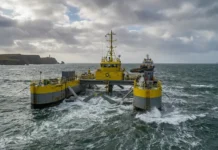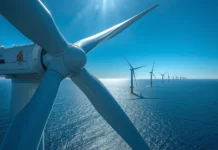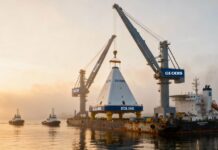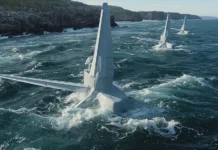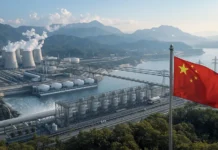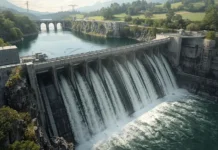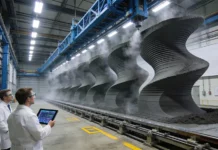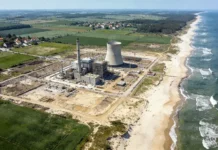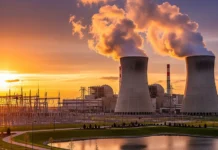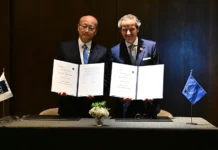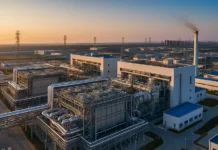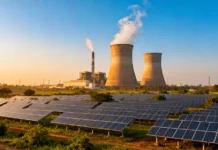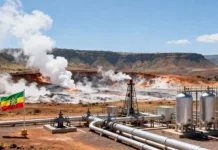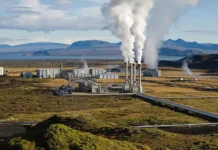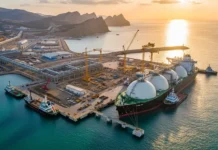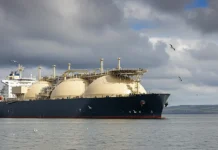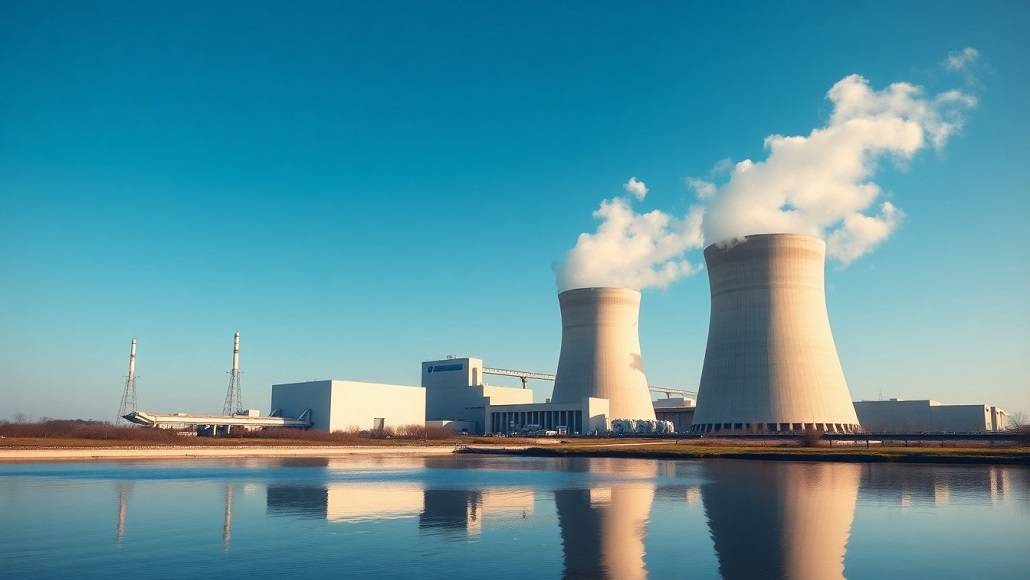China National Nuclear Corporation (CNNC) had previously been selected to develop Kazakhstan’s second nuclear power plant. It will now take on the third as well. The confirmation came from First Deputy Prime Minister Roman Sklyar.
Back in October 2024, the government put the question of nuclear expansion to a referendum. Citizens endorsed the move, clearing the way for large-scale development. Acting on that outcome, President Kassym-Jomart Tokayev set out a vision that called for at least two new plants—three if possible.
In June 2025, Russia’s Rosatom was selected to develop the first facility near the village of Ulken, situated on the western shore of Lake Balkhash, around 400 kilometres northwest of Almaty.
At the same time, CNNC was named the contractor for the second project, with proposed locations under consideration in Kurchatov, close to the former Semipalatinsk nuclear test site in eastern Kazakhstan, and in Aktau, home to the Soviet-era BN-350 fast neutron reactor in the west. Until now, the contractor for the third Kazakhstan nuclear power plant had not been publicly confirmed. Alongside Rosatom and CNNC, South Korea’s KHNP and France’s EDF were also shortlisted.
“The third nuclear power plant will also be built by China,” Sklyar stated during a press briefing. When asked to clarify if this meant CNNC specifically, he confirmed that it did.
Kazakhstan’s Atomic Energy Agency, in partnership with Kazakhstan Atomic Power Plants LLP, is currently assessing potential sites for both the second and third plants. “Work is underway, and I believe the locations will be announced later this year,” Sklyar explained. “Each plant requires a permanent source of water and electricity, and the exact districts must be carefully selected.”
Negotiations continue on the intergovernmental agreement for the first Kazakhstan nuclear power plant being developed by Rosatom. Discussions with Russian officials are in progress. “Once finalized, the agreement will be submitted to parliament for ratification,” Sklyar added.
The first facility will have two units, together delivering 2.4 gigawatts of capacity, and is planned to begin operations in 2035. It is a central part of Kazakhstan’s broader effort to meet rising electricity demand. In January 2025, the country recorded a shortfall of 5.7 billion kWh—more than double the 2.4 billion kWh deficit reported in the same month a year earlier.
To help bridge this gap, Kazakhstan continues to import electricity, with the bulk coming from Russia. The government has also secured an agreement with Tajikistan for additional supply from the Rogun Hydroelectric Power Plant.



